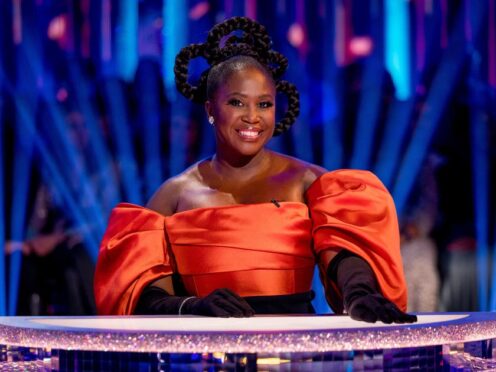Strictly Come Dancing judge Motsi Mabuse has spoken candidly about her “traumatising” experience of growing up in South Africa and the racism she faced as a teenager.
The 41-year-old dancer has been a judge on the popular BBC celebrity dance show since 2019 and runs a dance school in Germany with husband Evgenij Voznyuk.
Speaking to The Big Issue, Mabuse said: “At 16, I was living in Pretoria, and we had just moved from a black area to a very white area.
“South Africa was open, so black people were allowed to move into certain parts and my parents were always against boundaries, so they pushed those limits.
“They wanted a better life for their kids. That was the aim, but it also meant we moved into a very hostile area.”
She added: “Our parents wanted us to be safe, which meant if we wanted to visit friends they would need to drive us. Because if we got the bus, big white boys would attack us.”
Mabuse, whose sister Oti was a professional dancer on Strictly for seven years before her departure earlier this year, also explained how getting into dancing gave her a way to “shine”.
She said: “It was about survival of the fittest. Dancing was a way for me to not just exist but to shine. I’ve always had that need to shine.
“And because of the situation around me in South Africa at the time, there was just not the opportunity. With dancing, I built my own stage.”
After finding success as a professional dancer, Mabuse went on to appear on Let’s Dance, the German version of Strictly Come Dancing, initially as a professional dancer but later as a judge on the show.
She also judged a number of other dance shows before taking over from Dame Darcey Bussell on the Strictly Come Dancing panel.
Mabuse recently returned to screens with her fellow Strictly judges – Shirley Ballas, Craig Revel Horwood and Anton Du Beke – as the 20th series of the hit dance competition got under way last week.
This year’s star-studded line-up includes Paralympian Ellie Simmonds, TV presenter Helen Skelton and former England football player Tony Adams.
The full interview with Motsi Mabuse is available in The Big Issue magazine, out now.
